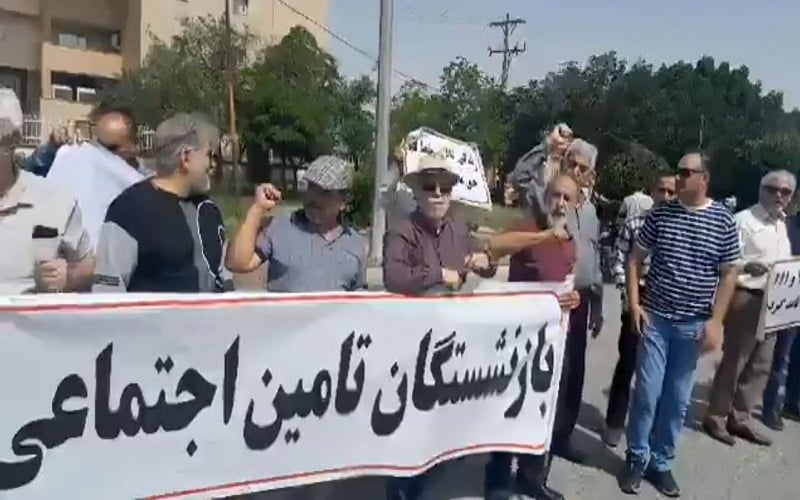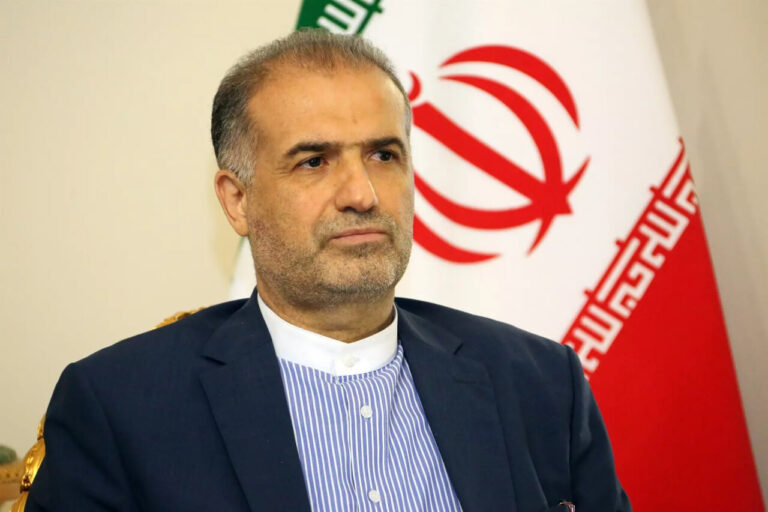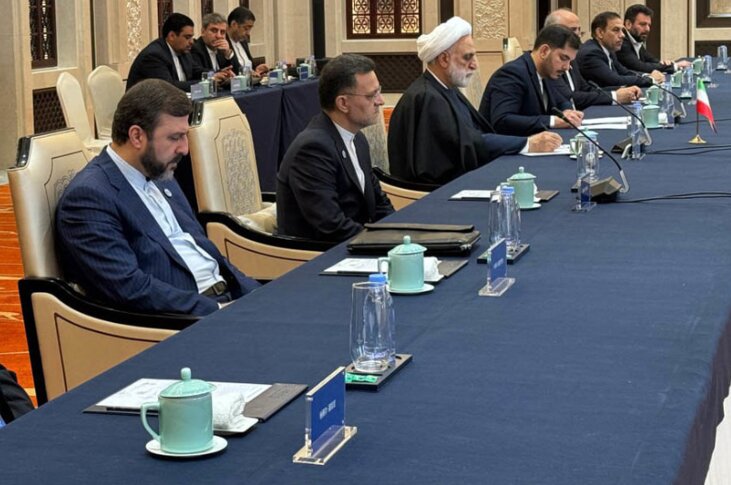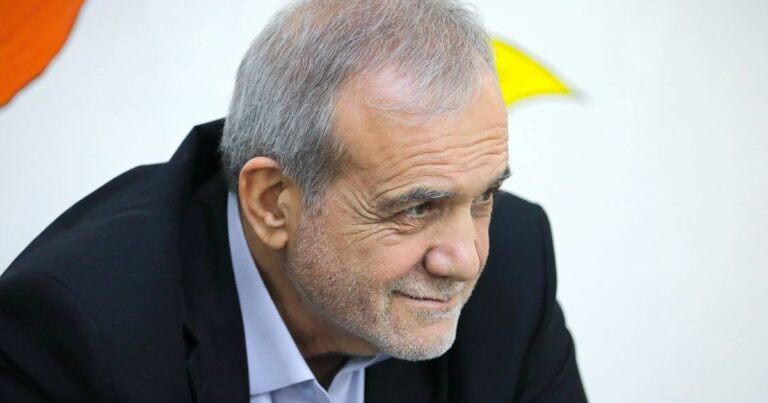Iran’s Healthcare Crisis Escalates: Soaring Drug Prices Drive Patients to Abandon Treatment
Iran is grappling with an alarming surge in medication inflation, with drug prices increasing by a staggering 100–400 percent in recent months. This crisis has been compounded by the regime’s mismanagement and the suspension of foreign exchange subsidies for pharmaceuticals, severely restricting access to essential medicines.
According to a recent report by the state-run ILNA news agency, since the beginning of 2025, the costs of some life-saving drugs have skyrocketed by as much as 600 percent. This dramatic increase has forced many retirees and workers to abandon necessary treatments for themselves and their families due to unaffordable medication.
The report sheds light on several critical aspects of this crisis:
- Insurance coverage inadequacy: The coverage offered by both state and private insurance organizations has stagnated, failing to keep pace with soaring drug prices.
- Increased reliance on counterfeit medications: Many patients are compelled to seek cheaper, often counterfeit alternatives or discontinue their treatment altogether.
- Impact on vulnerable populations: Hundreds of thousands of individuals, particularly the elderly and retired workers, have had to halt their treatments or resort to ineffective and potentially dangerous substitutes.
One retiree from Tehran shared his personal struggles, stating, “For a simple heart condition, my monthly medication costs around two million tomans. With a pension of six million tomans and the burden of rent, bills, and groceries, there’s simply nothing left for medicine.”
This widening gap in access to healthcare represents a serious violation of Article 29 of the Islamic Republic’s Constitution, which guarantees free medical care for all citizens. Instead, medical justice has been overshadowed by discrimination, particularly affecting the poor and elderly.
Patients dealing with chronic and severe conditions such as cancer, multiple sclerosis (MS), and kidney failure are particularly at risk. Health activists have noted that many specialized drugs for these conditions are either no longer imported or are being sold at exorbitant prices. The private sector, citing a lack of profitability, has ceased importing numerous essential medications, leaving patients to navigate the black market or settle for ineffective treatments, often with dire consequences.
One healthcare advocate lamented, “This leads to treatment failure, disease relapse, and, in many cases, premature death.”
In a stark portrayal of the human toll of this crisis, Iranian physician Dr. Soheil Rahimi revealed at a psychology seminar in March, “In recent months, with the horrifying rise in treatment costs, we’ve seen patients begging their doctors to end their lives because they simply cannot afford to go on.”
Healthcare professionals are sounding the alarm about an escalating public health emergency. An increasing number of patients with chronic illnesses are either reducing their dosages or abandoning their treatment entirely to save money. Diseases that were once manageable—such as diabetes, hypertension, asthma, and kidney conditions—are now turning life-threatening due to inadequate care.
Despite the ongoing economic turmoil in Iran, driven by years of mismanagement, corruption, and inflation exacerbated by both domestic and foreign policies, the regime’s response to the healthcare crisis has been vague and ineffective. Government officials and insurance organizations offer only empty promises of “planning for the future,” while patients continue to suffer in the present.
Simultaneously, vast national resources are being diverted into expensive projects—such as supporting foreign militias, religious institutions, and Iran’s missile and nuclear programs—while healthcare, and particularly access to medication, is pushed to the margins of state priorities.
In most countries, access to safe and effective medication is considered a basic human right. However, in Iran, this right is rapidly becoming a privilege that only the affluent can afford. For low-income families, the inability to access treatment jeopardizes the very foundation of public health and social stability.
In a heartbreaking account reported by ILNA, a father described the difficulty of finding pimozide tablets for his child’s neurological condition: “There are no neuropsychiatric drugs available. When my son doesn’t take his medicine, he suffers terribly—and so do we. The doctor told us we’d have to turn over every stone to find it, preferably a foreign version. After exhaustive searching, we found just four Iranian tablets.”
Despite significant price hikes announced by some pharmaceutical companies during the winter, they have started increasing prices again as of March 2025. For example, Darou Pakhsh Pharmaceutical Manufacturing Company has raised the prices of 75 products by an average of 33 percent, with further price increases now occurring weekly.
Ali Akbar Eyvazi, secretary of the Tehran Social Security Pensioners Association, expressed grave concern about the implications for retirees: “Medicine and treatment have become a serious issue. Even though pensioners are members of all major insurance organizations, their costs still aren’t covered. Prices are skyrocketing, and the market is so unstable that insurance is essentially useless.”
As drug prices continue to escalate and treatment becomes increasingly out of reach for Iran’s most vulnerable citizens, a full-blown healthcare catastrophe looms—one that threatens not only lives but also the nation’s moral and social fabric.





